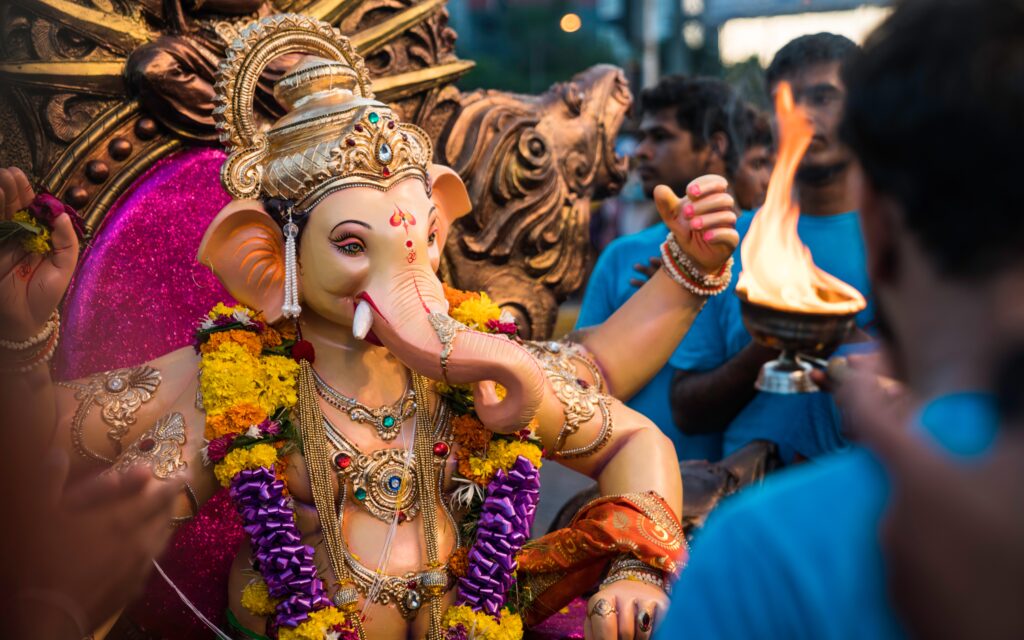
We Are Each a Unique Tapestry of Being
Over time, my own view and way of teaching developed. Central to this approach is the notion that the world’s traditions are our common heritage and are resources for us, regardless of which of them we find ourselves more (or less) committed to. With this foundation, it then puts your own experience front and center.
The traditions focus on perfecting specific potentials in life. I see our evolution moving toward being able to skillfully make use of all that came before us to bring forward new amalgams of transformation while appreciating and respecting the ancient sources. From this perspective, in the end, it is our own path that we walk, and all teaching is pointing to our unique situation and contribution. You weave it yourself, and your tapestry will be different from anyone else’s.
The Tapestry approach shows how to make use of the many different techniques, perspectives, and practices that are available in such a way that they deepen a singular unfolding process rather than cluttering it. At the same time, it avoids the trap of chasing certainty and allows you to open to new possibilities and ways of thinking when you are ready to. It helps you to keep your balance in the face of the unknown. I don’t know if this way of using spiritual paradigms is new. Sacred teachings employed as a means of orientation to mysteries rather than as a set of answers to mysteries may indeed be ancient, but few people have related to the traditions that way.
It seems to me that the belief that one can treat any particular system of thought or way of life as the total answer is not a very useful one. The idea that it is possible to have the instructions to life that remove the mystery (and danger) from it is not believable anymore, nor does it seem desirable. So the notion of guidance takes on a new significance today as many people consider themselves to be outside of any particular tradition, and “spiritual but not religious.” They don’t identify with being under the authority or control of any organized group with claims to have “the” truth.
The Tapestry is an orientation for individual free souls. Whether we function as part of a group or on our own, it is in a spirit of freedom. In a sense, the Tapestry lays out an almost universal orientation for spiritual living. It’s generic in its description but is always a unique and individual brand as each person lives it. The distinctiveness of our own expression and revelation is central to this understanding.
As an orientation, it faces you toward your life in such a way that you have a sense of moving forward with spiritual progress happening through you, much more than that you are “doing it.” It is also just as much about sinking more deeply into each moment now—savoring the quality of Being, itself—in such a way that you can see beyond the concept of time.
So life unfolds as a spiral path where you find yourself going through the same spaces you were in before, but differently. So it’s not a strictly linear process. At the same time, you will not feel you are just going around in circles, but instead, you will be aware of how you’ve changed. In this case, the next “level” is the form your existence takes when you give yourself to where you are now, experiencing it as an increasing wholeness. You don’t avoid one state to cling to another; you embrace whatever state you find yourself in, in such a way that it naturally moves you into the next.
One cannot know much about another’s progress. Our next level can be a deeper version of the one we just left behind, but no one else may see that. This journey “around the Mandala,” or through the Tapestry, uncovers your union with everything through the various nodes of experience. In this way, we use the Tapestry Mandala to help us as we weave our own personal Tapestry of Being.
As we move along our unique exploration through the nodes of experience, it is all founded in Consciousness Itself. I describe Consciousness Itself as being both embedded in life, and also beyond all possible experience. Our life is discovered as an ornament and a manifestation of that which never changes.
Our appreciation for all we live, both the highs and the lows, becomes a natural form of worship. Experience is seen both through the shared lens of objectivity and the secret intimate lens of Radical Subjectivity. Being reveals something exclusive to you, in particular. Your life is a living conversation describing a private revelation never known to another soul. You discover yourself as a singular juncture of countless threads; a precious yet transitory expression that gracefully points to that which is beyond experience.
(From The Tapestry of Being Introduction)
